Knowing the best color light for sleep means that a flick of an app can give you a way better night
We spoke to brands and sleep experts to find out all about colored lights and their effect on sleep
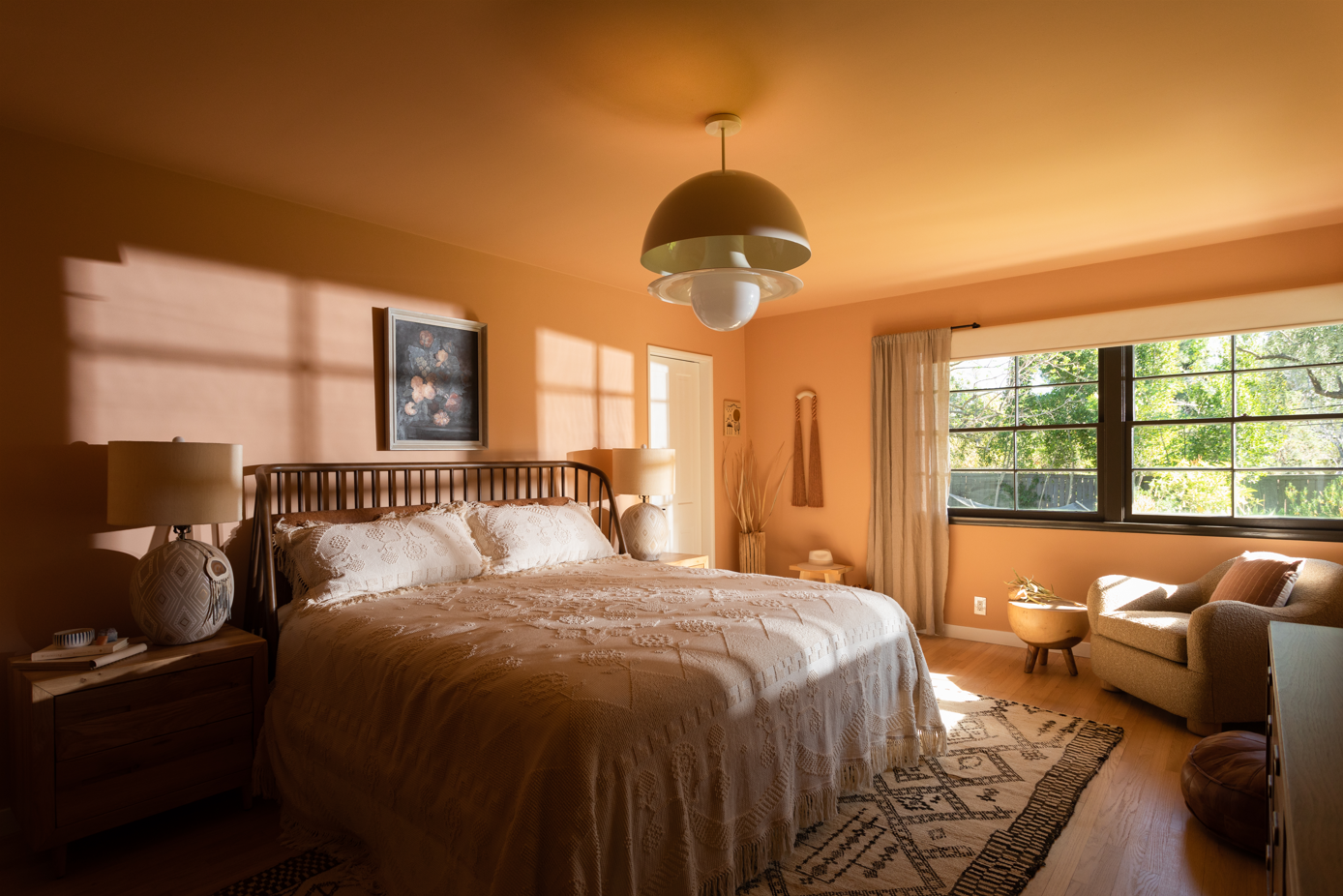

When you think of the best color light for sleep, you probably assume that a warm white, green, or blue light would be an ideal choice to create a relaxed environment. But you'll be surprised at how untrue that is.
Several studies and research prove that the light colors you choose for your bedroom can genuinely affect how well you sleep. But peculiarly, it seems that the the sort of hues you'd assume would be the most calming actually stop you from winding down. Some even increase your heart rate and make you more alert.
So if you often find yourself laying in bed struggling to fall asleep, or wake up in the middle of the night completely alert, it's perhaps because of the color of your lights. In fact, as we learned when we found out how to use smart light bulbs, it's not always the shades you'd expect that can make you feel certain ways. We spoke to lighting and sleep experts to understand which lighting colors to stay clear of and which ones to bring in, along with other interesting bedroom ideas.
Take a look, implement and sleep well!

Aditi is a homes writer and editor with several years of experience. Her articles, backed by expert insights, offer suggestions aimed at helping readers make the best home design choices. Each piece presents latest ideas, information and trends to her readers. For this piece, she spoke to top lighting brands and sleep experts to understand the colors of light that help one sleep better.
The best color light for sleep, and to help you unwind
'Our circadian rhythm is our body’s ability to know what time it is without looking at a clock, and it helps us to produce melatonin (our sleep hormone) at the right time to help promote sleep at night,' says Dr Lindsay Browning, a sleep expert at Trouble Sleeping and author of the self-help sleep book, Navigating Sleeplessness.
'Bright light exposure makes our brains think that it is still daytime, and as a consequence, at night, suppresses melatonin production, making it harder to fall asleep,' says Lindsay. 'The color and brightness of bedroom lighting can affect sleep to a great extent.'
Light colors that aid in sleep
1. Warm white
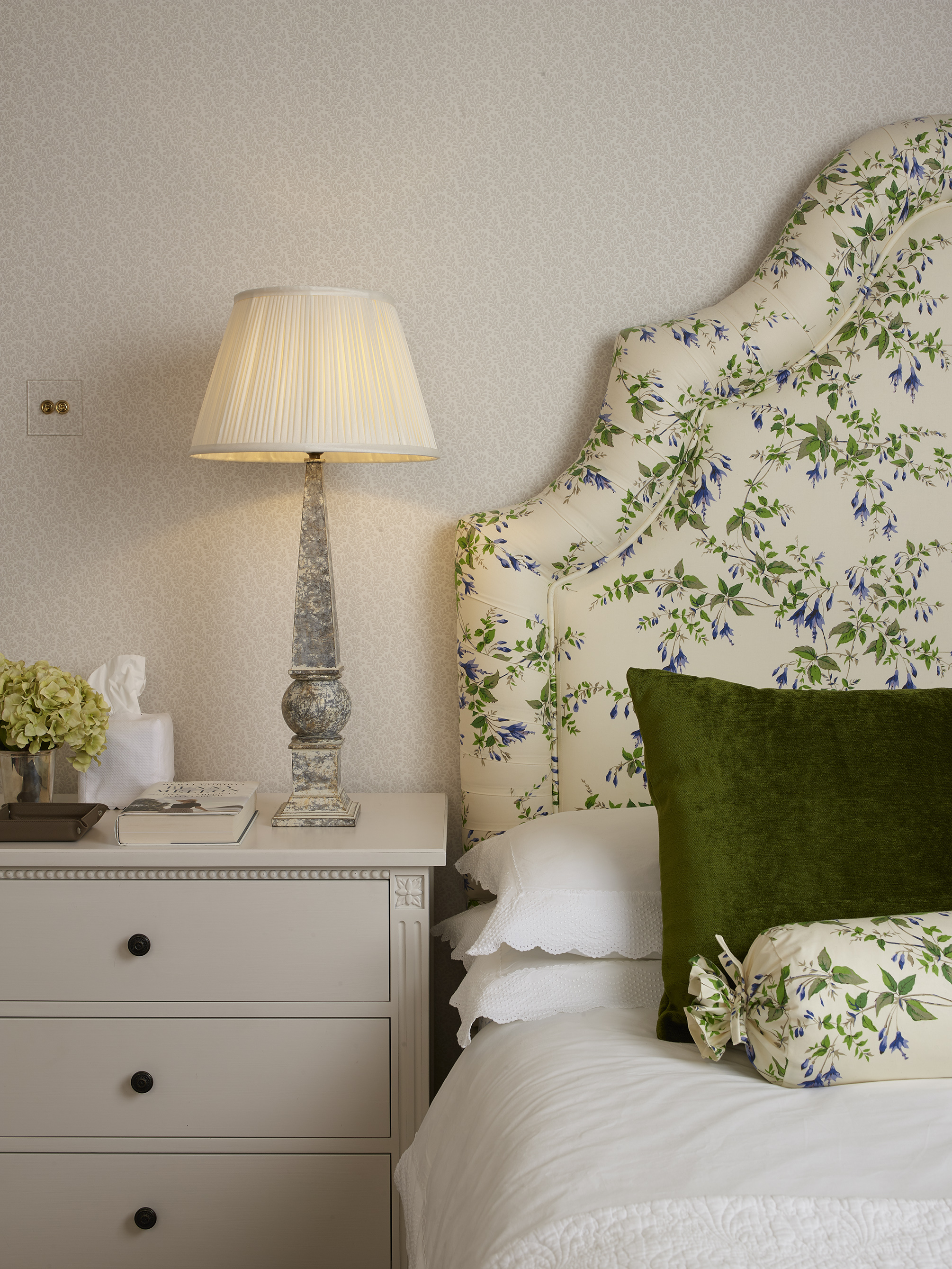
A great way to get a good night's sleep is to do away with harsh, white light, and to go in for a warm, colorful smart lighting that throws a soft glow and makes a bedroom seem relaxed and harmonious. Many of the best wake up lights can help to achieve this.
'Bedroom lighting schemes can be tricky as the space is used at different times of the day and therefore requires layers of lighting to give greater versatility, offering both a calm, cozy feeling for evenings and a brighter environment for getting ready in the morning,' says Hollie Moreland, creative director at David Hunt Lighting. 'Wall lights are a wonderful solution for bedside lighting. Opt for an articulated design that can add a beautiful decorative touch as well as be perfect for reading in bed, and allowing for an uncluttered bedside table. Also, look for an LED bulb with a warm, soft glow for bedside lights, this will ensure you have enough light to read by, without interrupting your sleep pattern.’
'A shaded lamp with a soft diffusion or a dimmable lamp on your bedside table is preferred to ease the eyes before sleep,' says Scarlett Hampton, co-founder of Lights&Lamps. 'Shaded or dimmable lighting is always best for creating mood lighting and preparing to go to sleep. The color of the bulb is equally important. We recommend a warm white color because the eyes are less sensitive to it.'
Also, keep in mind that ceiling lights are perfect for darker days but may need dimming or even switching off when relaxing by the fire or TV. 'Think of lighting like the sun. Big and bright in the day, becoming lower and softer by night. When ceiling lights are no longer needed, switch on a larger floor lamp, and when the evening progresses, replace with a subtle table or bedside lamp,' says Scarlett. 'Imitating the setting sun is a great way to transition your bedroom throughout the day and bring peace and calm before bed.'
2. Red
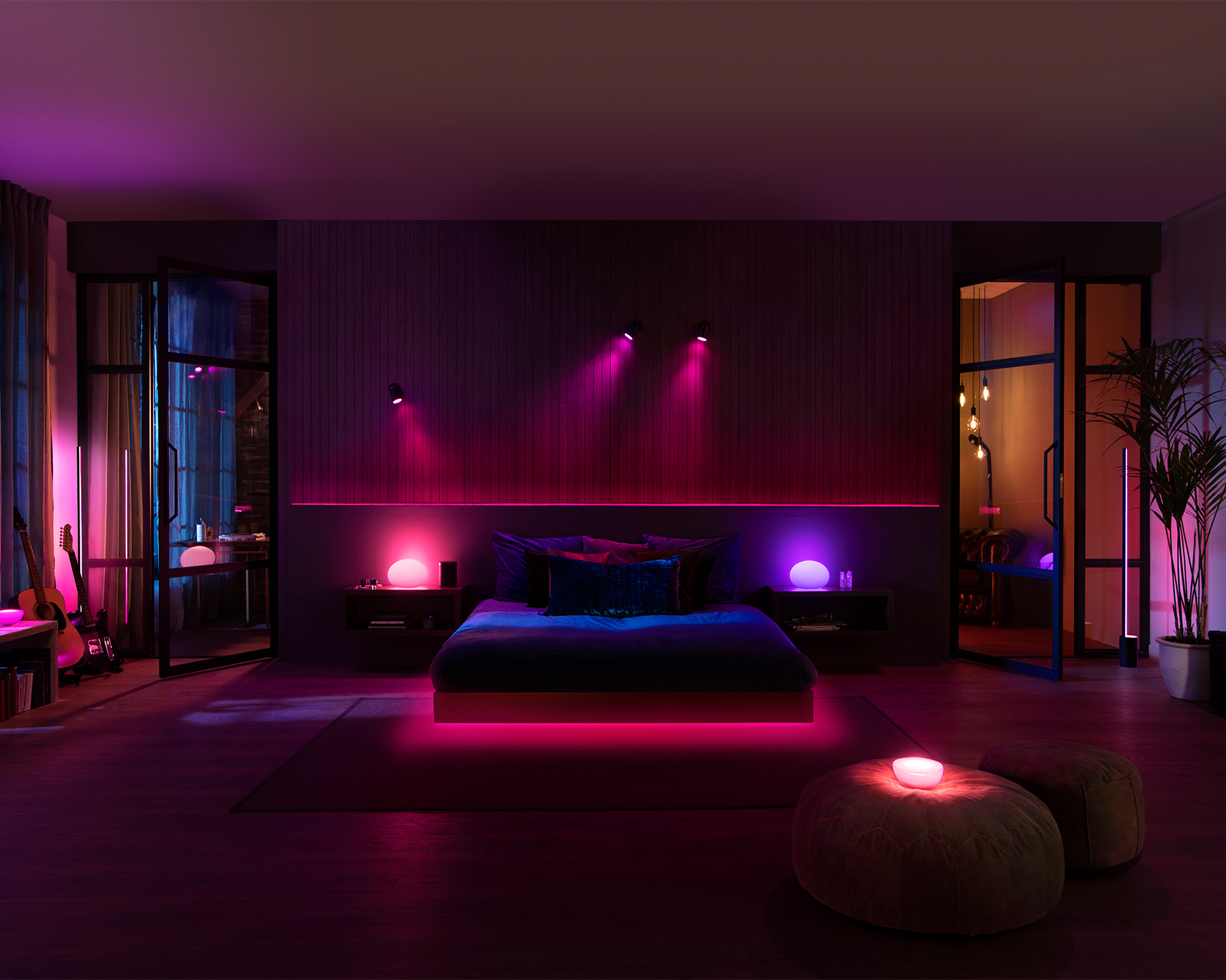
It's time for a little science lesson. The photosensitive cells called ipRGC’s located in the retina of our eyes, can identify any light and send messages to a part of the brain that helps regulate the body’s circadian clock. As per research, these cells are most sensitive to blue wavelengths of light and least sensitive to red wavelengths.
'We know that our circadian rhythms are quite insensitive to low levels of long-wavelength radiation or red light,' says Dr Maja Schaedel, clinical psychologist & co-founder of The Good Sleep Clinic. 'This means that we are less likely to become 'alert' from exposure to red light than any other light and therefore red light can be used to ensure a smooth transition into a relaxed state before bedtime.'
This is a key part of how smart light bulbs work - allowing us to create our own moods. 'It’s important to opt for warmer, red-toned lights as they mimic natural evening light, which aids melatonin production and helps ease our bodies into a natural sleeping cycle,' says David Amos, CEO at Amos Lighting + Home.
Lights aside, when it comes to how to sleep better, 'many people find reading a good way of relaxing before bedtime and some people find this more difficult in red light,' says Dr Maja. 'So, there is not exactly a color of light which is 'good' for sleep but certainly red light is least intrusive in our circadian rhythms.'
3. Amber
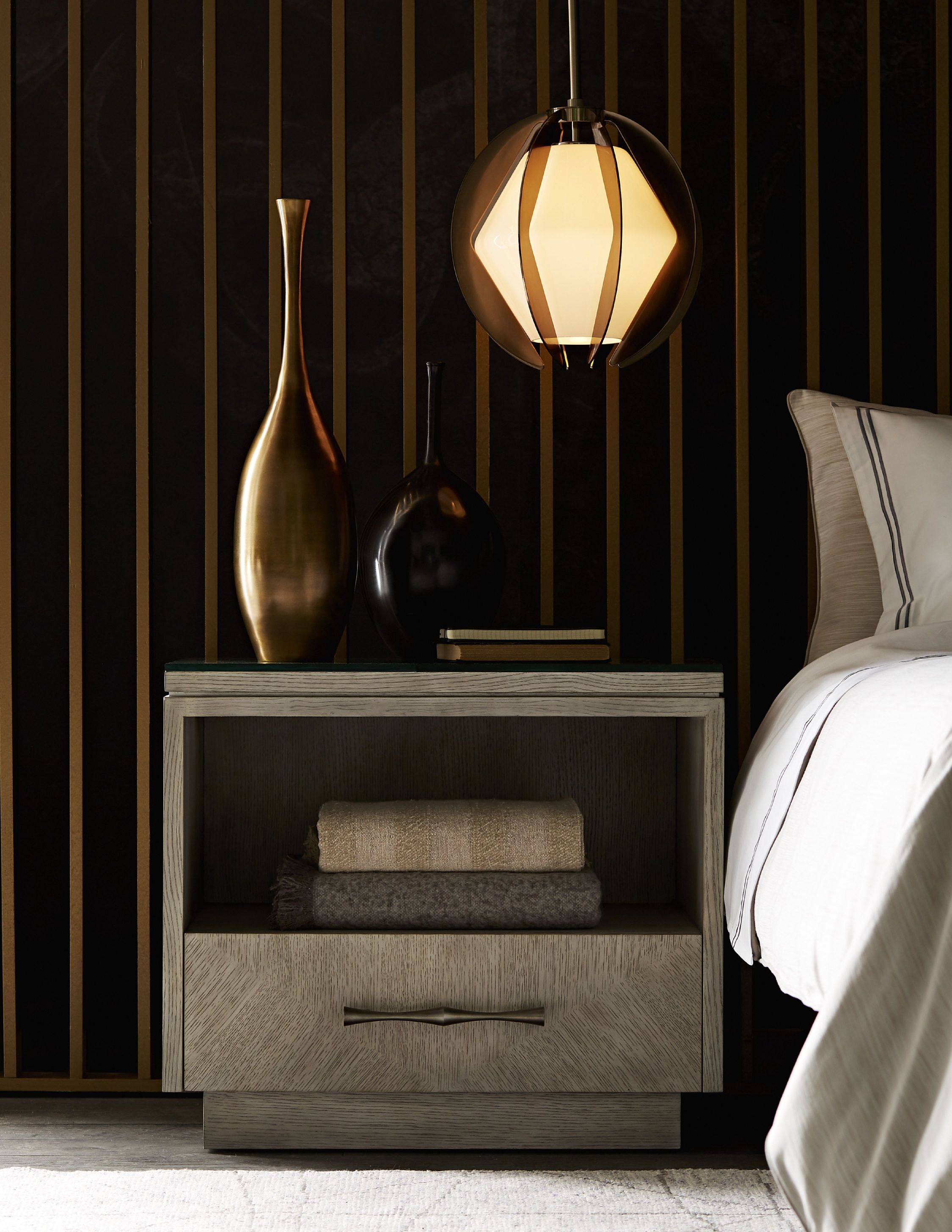
Amber or soft yellow light helps you sleep better. The hue has an inherent calmness to it and aids in the production of melatonin. It may also be related to an improved overall mood and mental health.
When it comes to bedroom lighting, an amber light is highly recommended as it does not weaken the eye muscles while you're working or watching TV. This mimics the amber-wavelength light of candlelight which makes it an ideal calming light.
Light colors to avoid
1. Blue
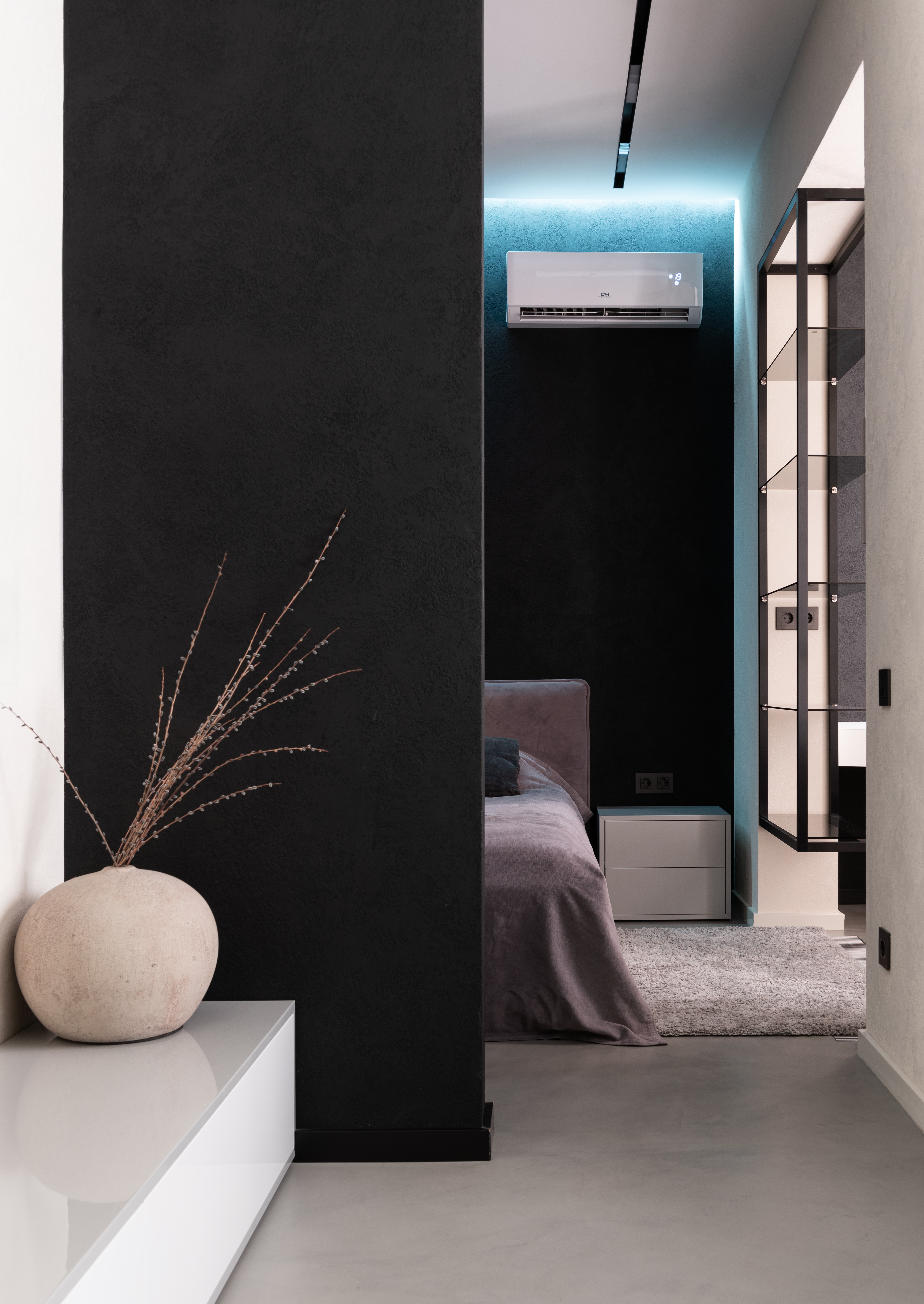
You probably don't realize this but we are constantly surrounded by sources that emit blue light including laptops, tvs and smartphone screens. These blue-light devices disrupt melatonin secretion, confuse your natural circadian rhythms, and hamper you from getting a good night's sleep.
'We are sensitive to short-wavelength radiation or blue light which means that even low levels of blue light for 40 minutes leads to increased heart rate and alertness and increased levels of melatonin,' says Dr Maja.
'This is significant as to fall asleep we need our heart rate and alertness levels to drop,' says Dr Maja. 'However, it is also important to note that recent research indicates that it takes at least 1.5hrs of exposure to blue light to have any significant impact on melatonin levels. Additionally, even if our melatonin levels are affected it may not impact on the time taken to fall asleep if the person was 'ready' for sleep.'
2. Green

As per research, humans are sensitive to this color of light as the melatonin output is more readily suppressed by this hue.
Lights from the warmer spectrum are better than cooler color lights like green. While green is a good choice for a bedroom paint color, as the hue promotes relaxation, the color of light can make a vast difference if you’re struggling to snooze through the night.
Tips and devices to help you sleep better
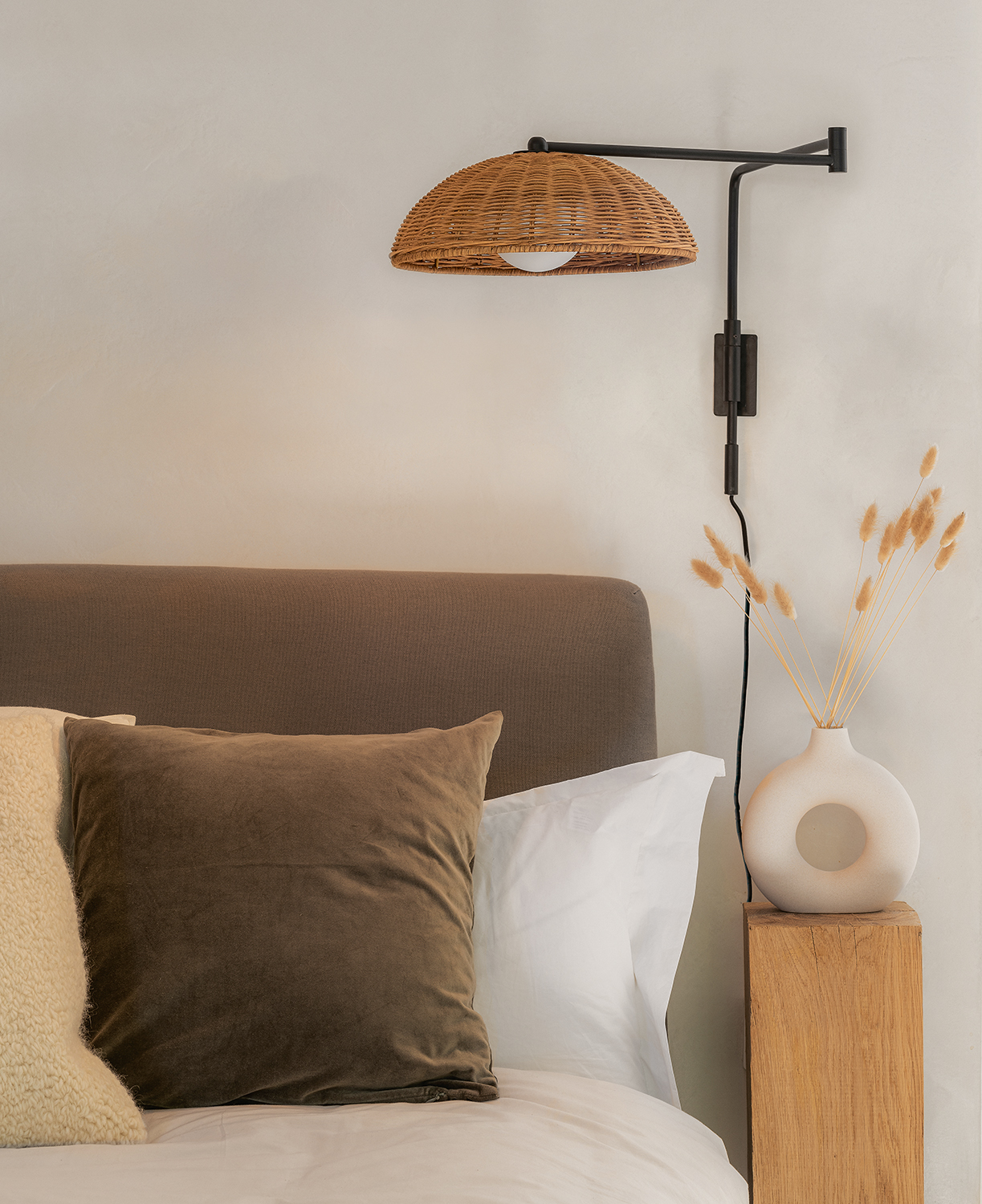
Getting good, solid sleep and rest is paramount, so your bedroom colors, lighting, and layout should be such that they together help in calming you down. Hundreds of stimuli and various sources of information are constantly thrown our way, sending our brains into overdrive. But with a few changes, habits, and even devices, you can help your situation.
'Candles produce warm, dim lighting which would be especially beneficial in the evening to help you wind down,' says Dr Lindsay. 'Since bedroom lighting should be softer than daytime lighting, using a dimmer switch in the bedroom would be a good way to reduce the light intensity. In addition, some studies have found that blue-light blocking glasses (or amber glasses) can help to reduce blue frequency light exposure, and improve sleep.'
'If you have lights in your bedroom that you cannot dim or adjust the color of, then you could consider wearing an eye mask while you sleep,' says Dr Lindsay. 'And if you want to use electronic light emitting devices in the evening such as a tablet or phone, you could consider enabling night mode on your devices which will both reduce the intensity of the light and reduce the blue-spectrum light range, minimizing the negative effect on your sleep.'
You should also see our guide to the best smart light bulbs.
Be The First To Know
The Livingetc newsletters are your inside source for what’s shaping interiors now - and what’s next. Discover trend forecasts, smart style ideas, and curated shopping inspiration that brings design to life. Subscribe today and stay ahead of the curve.

Aditi Sharma Maheshwari started her career at The Address (The Times of India), a tabloid on interiors and art. She wrote profiles of Indian artists, designers, and architects, and covered inspiring houses and commercial properties. After four years, she moved to ELLE DECOR as a senior features writer, where she contributed to the magazine and website, and also worked alongside the events team on India Design ID — the brand’s 10-day, annual design show. She wrote across topics: from designer interviews, and house tours, to new product launches, shopping pages, and reviews. After three years, she was hired as the senior editor at Houzz. The website content focused on practical advice on decorating the home and making design feel more approachable. She created fresh series on budget buys, design hacks, and DIYs, all backed with expert advice. Equipped with sizable knowledge of the industry and with a good network, she moved to Architectural Digest (Conde Nast) as the digital editor. The publication's focus was on high-end design, and her content highlighted A-listers, starchitects, and high-concept products, all customized for an audience that loves and invests in luxury. After a two-year stint, she moved to the UK and was hired at Livingetc as a design editor. She now freelances for a variety of interiors publications.
-
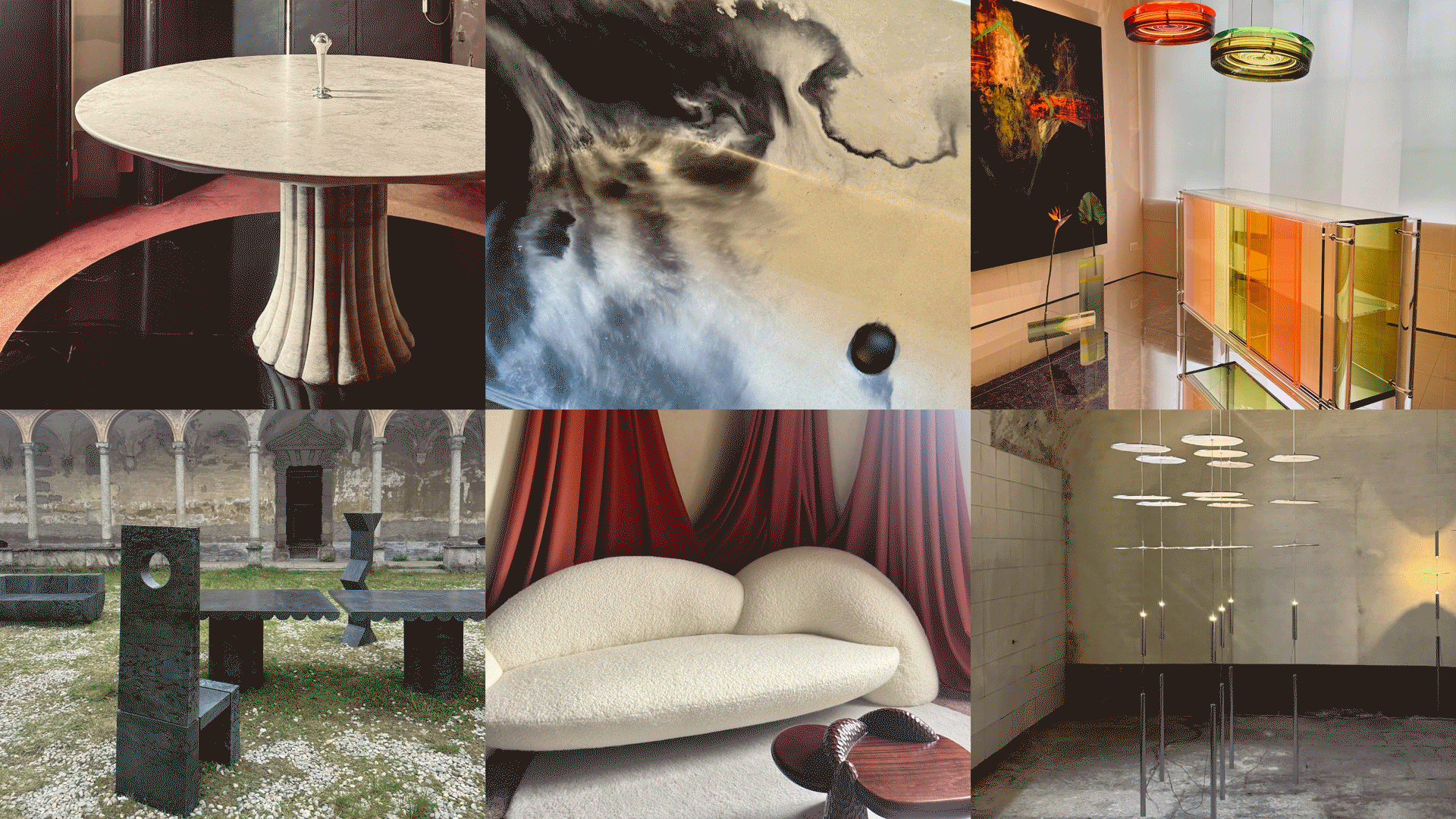 Straight from Salone: Five Emerging Trends I Found That'll Shape Interiors For the Year Ahead
Straight from Salone: Five Emerging Trends I Found That'll Shape Interiors For the Year AheadFrom reflective silver to fluidity, here's my perspective on the key themes and new moods coming through from Milan Design Week
By Sarah Spiteri Published
-
 9 Bathroom Storage Mistakes You're Probably Making That Make Using This Space Much Harder — And What to Do Instead
9 Bathroom Storage Mistakes You're Probably Making That Make Using This Space Much Harder — And What to Do InsteadDiscover which mistakes are to blame for your overcrowded and cluttered bathroom
By Seraphina Kyprios Published